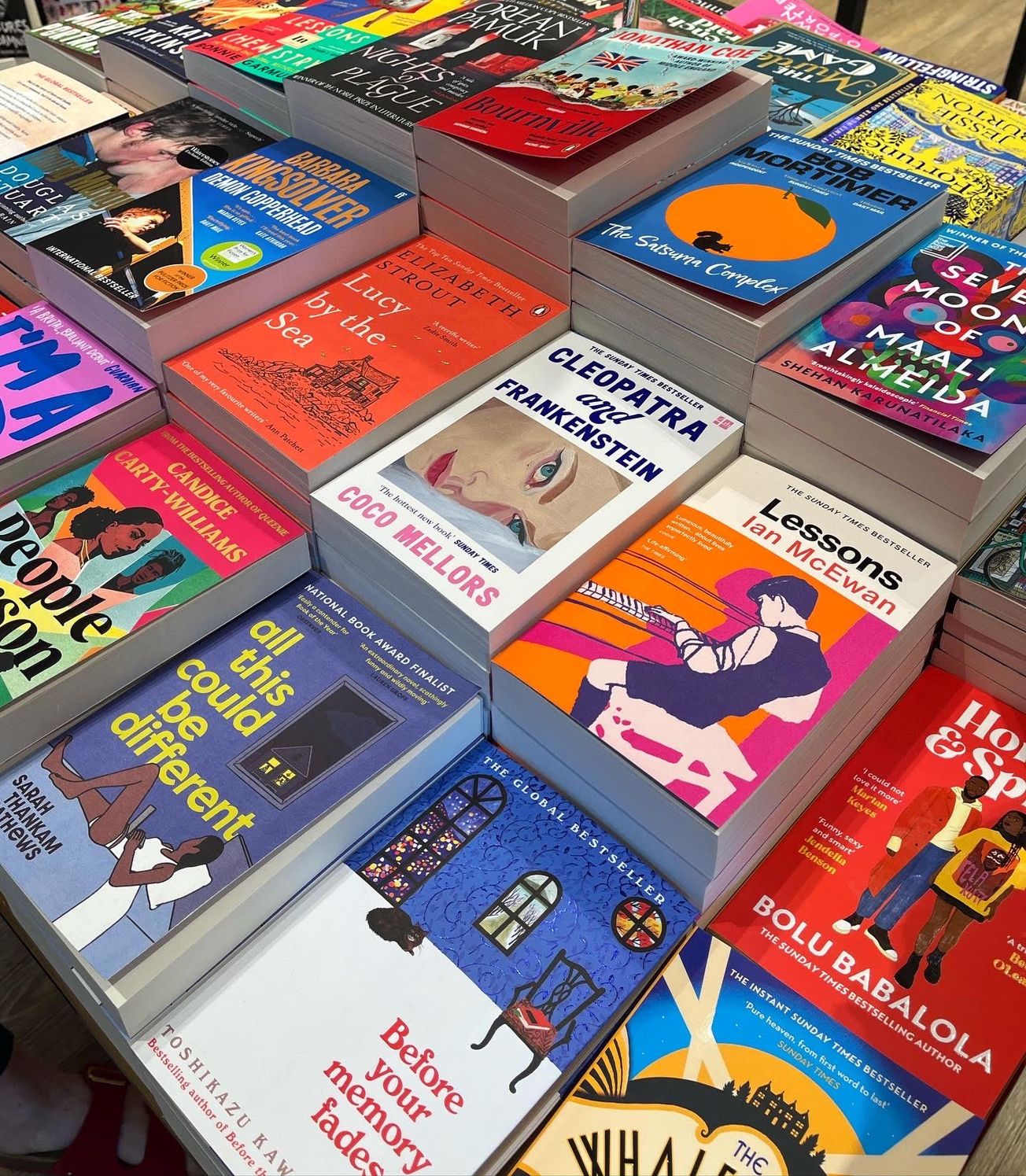By Miranda Smith, Third year History of Art
Miranda Smith explains why the 'red carpet' should become the 'green carpet' for sustainability's sake, and why it's good to be an outfit-repeater.
When I hear the words ‘red carpet’, the first thing I think of is the exquisite gowns the stars will wear, and will, more often than not, never wear again. Of course, this blindly accepted convention is beginning to change. A sustainable movement is beginning to emerge in celebrity fashion. There is a growing progression towards the idea of a ‘green carpet’, where gowns are commissioned with sustainability at the forefront of the design, and all elements made from recycled material.
'If you can not imagine yourself wearing an item with at least five things that you already own, it is probably not worth buying'
For now though, there is still far to go, and although some stars are re-wearing garments from previous events, there is still the stigma that this is an ‘offence’. Oh my god ring the fashion police- Michelle Obama has reworn something rather than throwing it away after a single use!
a whole generation of young adults has a closet full of clothes they only wear once thanks to that scene in the lizzie mcguire movie where kate sanders calls lizzie an outfit repeater
— Ally Mattingly (@ally_mattingly) January 25, 2019
An article I read on this described such celebrities as ‘culprits’ rather than praising them for their actions. Tiffany Haddish, who has worn a white Alexander McQueen to four different public appearances (so far), is labelled a ‘repeat offender’. The stigma behind the recycling of outfits to these kind of events is something which ought to dissipate; the fact that is considered worthy news that someone is rewearing an item is part of the problem. Even Anna Wintour has worn the same thing more than once, get over it!
This doesn’t just apply to red carpets sadly- it filters down to every day wear. Online newspapers like the Daily Mail are the worst for this, shaming women for wearing the same thing multiple times. It is completely natural to do so, items should be bought with their wearability in mind – I always think that if you can not imagine yourself wearing an item with at least five things that you already own, it is probably not worth buying.
In terms of occasion wear, and I admit I am a culprit of this, it is harder to retain this mentality. it is natural to want to buy a wow-factor dress for something specific, but then the item should not be buried at the back of your wardrobe never to be worn again. This is part of something I mentioned in my previous article on midi skirts, but I feel like items don’t have to be restricted simply because of their formality. A silky dress can be worn with a chunky knit and trainers and people will think it is a nice flowy skirt.
It may be more difficult to keep dragging out really formal dresses (circa 2006, when Lily Allen’s iconic ‘Smile’ video first aired, featuring her parading a ballroom dress around the streets of London). Instead of buying a new one for each different occasion, the dresses already owned should be taken into consideration.
I know that language evolves, but could newspapers stop using the word "recycle" when a celebrity wears an outfit again? And acting as if it's a big deal? It's what we all do.#MoreThanJustWords
— Kate LeBlanc (@KateTranslate) January 6, 2019
As well as celebrities recycling the same outfits more than once, it is fortunately becoming more popular for gowns to be created using recycled materials. Brands like Stella McCartney are at the forefront of the production of such items, focusing on the reduction of air pollution as well as the waste involved in the creation of the dresses. On their website they share information on their techniques to limit waste, and also address issues such as their effect on wildlife and the environment. Stella McCartney succeeds in demonstrating to other brands as well as consumers that sustainable fashion is possible.
Another individual that is pushing this ideal forward is Livia Firth, who is creative director of a sustainability consultancy called Eco-Age and co-founder of the Green Carpet Challenge. It is not just designers that are promoting sustainable alternatives to one wear items. Emma Watson has been praised multiple times for commissioning dresses made entirely of recycled items. At the top of the stairs in the V&A exhibition mentioned earlier was her dress from the 2016 Met Gala which was created in collaboration with Calvin Klein and Livia Firth. The yarn in the dress is made from post-consumer plastic bottles and the zips from other recycled material.
Unfortunately, the exhibition mentioned has now closed but on the V&A website there are details of the dresses included and ideas about the importance of sustainability for the fashion industry as a whole.
This article was inspired by the Telegraph Style section’s weekly podcast – Fashion Unzipped – where they briefly talked about someone repeating an outfit, but it got me thinking more deeply. There is progress that has been made -but can you really imagine someone like Rihanna stepping out in the same gown? Sadly, I can not.
Featured Image: celebrityabc / Flickr
'Have an opinion on the move towards sustainability in fashion? Let us know!'









